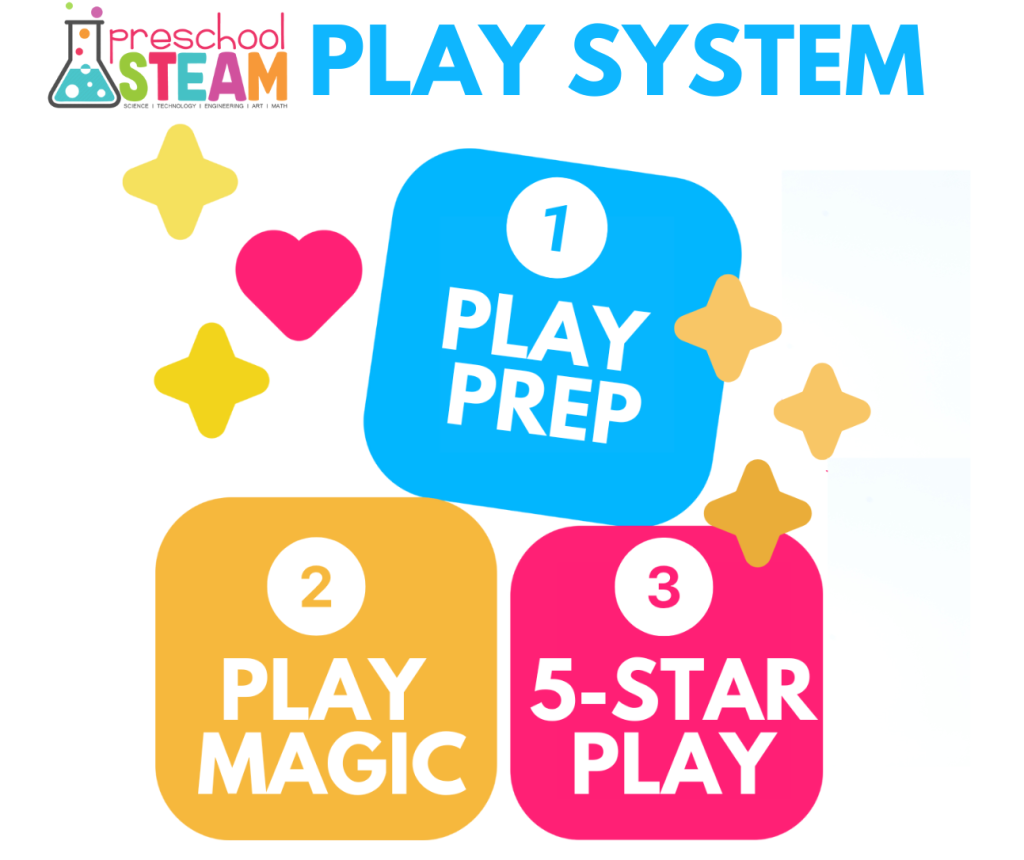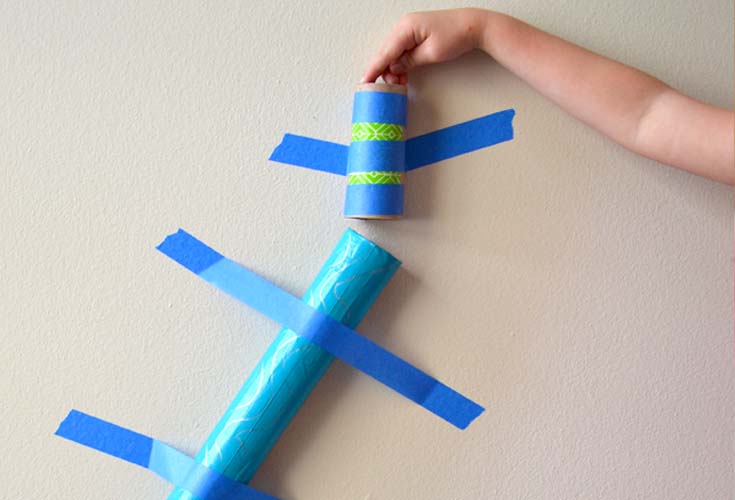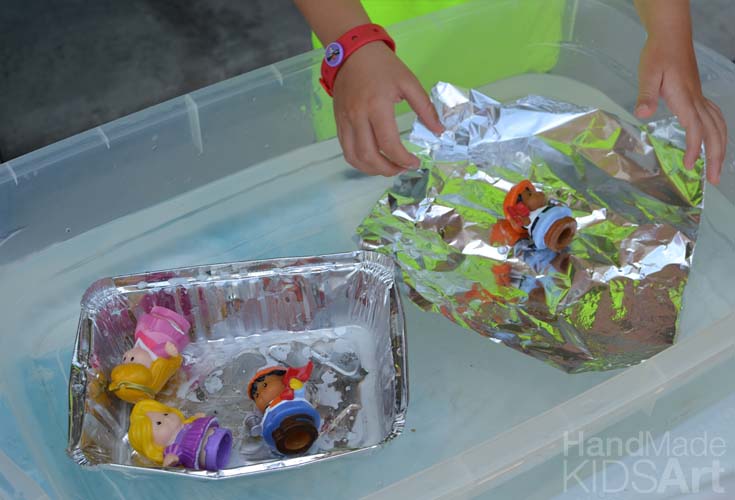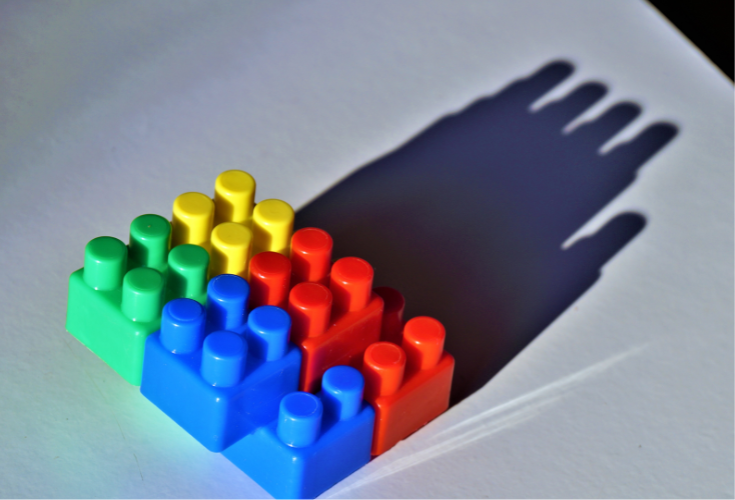You don’t need a classroom to bring STEAM (Science, Technology, Engineering, Art, and Math) into your child’s life. With just a few simple materials and playful exploration, you can inspire curiosity, creativity, and critical thinking—right from the comfort of your home.
Why STEAM is Important for Your Child
STEAM activities aren’t just fun—they help your child develop essential skills that will benefit them for years to come. From problem-solving to creativity, STEAM encourages your child to think like an innovator, helping them build confidence, independence, and a lifelong love of learning.

How to Get Started with STEAM at Home
Here’s how you can easily integrate STEAM learning into your everyday routine using our Preschool STEAM Play System:

- Play Prep: Set up a simple play station with household materials like building blocks, art supplies, or everyday objects like cardboard tubes and plastic containers. This encourages your child to start exploring right away.
- Play Magic: Let your child lead the play! Whether they’re building, drawing, or experimenting, allow them to use their imagination and creativity. This is where their natural curiosity will shine.
- 5-Star Play: After observing their play, introduce a fun challenge or new idea to take the activity further. Ask questions like, “How could we make that structure taller?” or “What happens if we add more water to the container?” This helps your child think critically while still having fun.
Simple STEAM Activities You Can Do at Home
These fun, open-ended activities let your child explore, experiment, and learn naturally through play. Here’s how to incorporate play-based STEAM into everyday moments at home:
DIY Marble Run
Set up a simple marble run using paper towel tubes, tape, and small balls. Let your child freely explore how to design the track, testing different ways to make the marble go faster or slower. Through this open-ended play, they’ll experiment with concepts like gravity, speed, and engineering—all while having fun creating and problem-solving.
Play-Based STEAM Connection:
Your child is in control, leading the play and discovering STEAM concepts naturally through trial and error, creativity, and curiosity.

Sink or Float
Fill a tub with water and gather various household objects. Encourage your child to predict which items will sink or float and then let them test their ideas. Allow them to try different objects, ask questions, and explore the outcomes. This playful experimentation teaches basic science concepts like buoyancy while nurturing their curiosity and critical thinking.
Play-Based STEAM Connection:
This activity invites your child to explore real-world science concepts through hands-on play, letting them lead the discovery process and adjust their ideas as they learn.

Shadow Art
Place objects near a sunny window and let your child trace their shadows on paper. Encourage them to experiment by moving the objects and observing how the shadows change throughout the day. This introduces them to basic concepts of light and shadow while encouraging creative play and experimentation.
Play-Based STEAM Connection:
Your child drives the creative process by exploring how light works through playful observation and creativity, blending art with science in a way that feels natural and fun.

The Benefits of Play-Based STEAM at Home
STEAM activities at home provide more than just entertainment—they’re a way for your child to develop skills like:
- Critical thinking: Asking questions, testing ideas, and solving problems.
- Creativity: Using their imagination to come up with new ideas and solutions.
- Collaboration: Working together with family members on fun projects.
- Confidence: Learning through trial and error builds resilience and independence.
Get Started with STEAM at Home
Ready to bring more play-based STEAM into your home? Download our free STEAM-at-Home Activity Guide, filled with fun and simple projects for your child to enjoy. These hands-on activities are perfect for sparking curiosity and creativity in your little one!